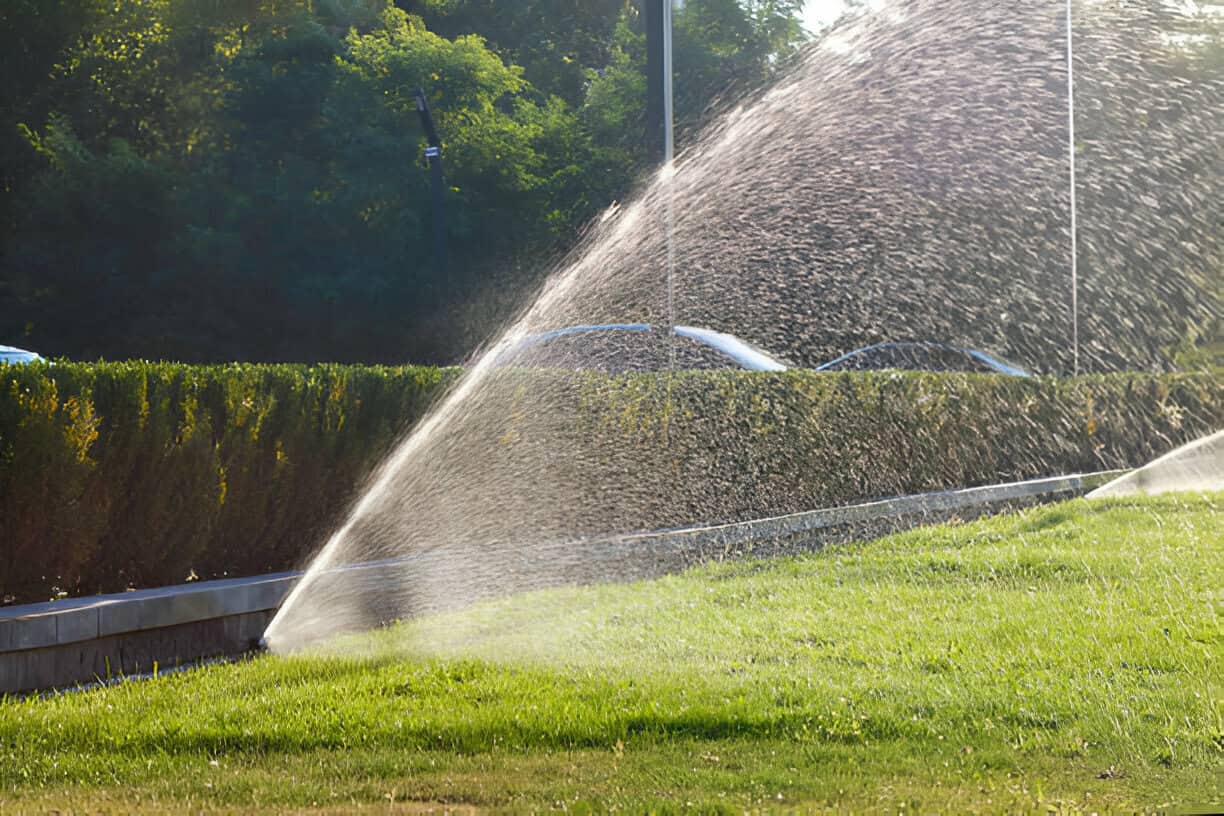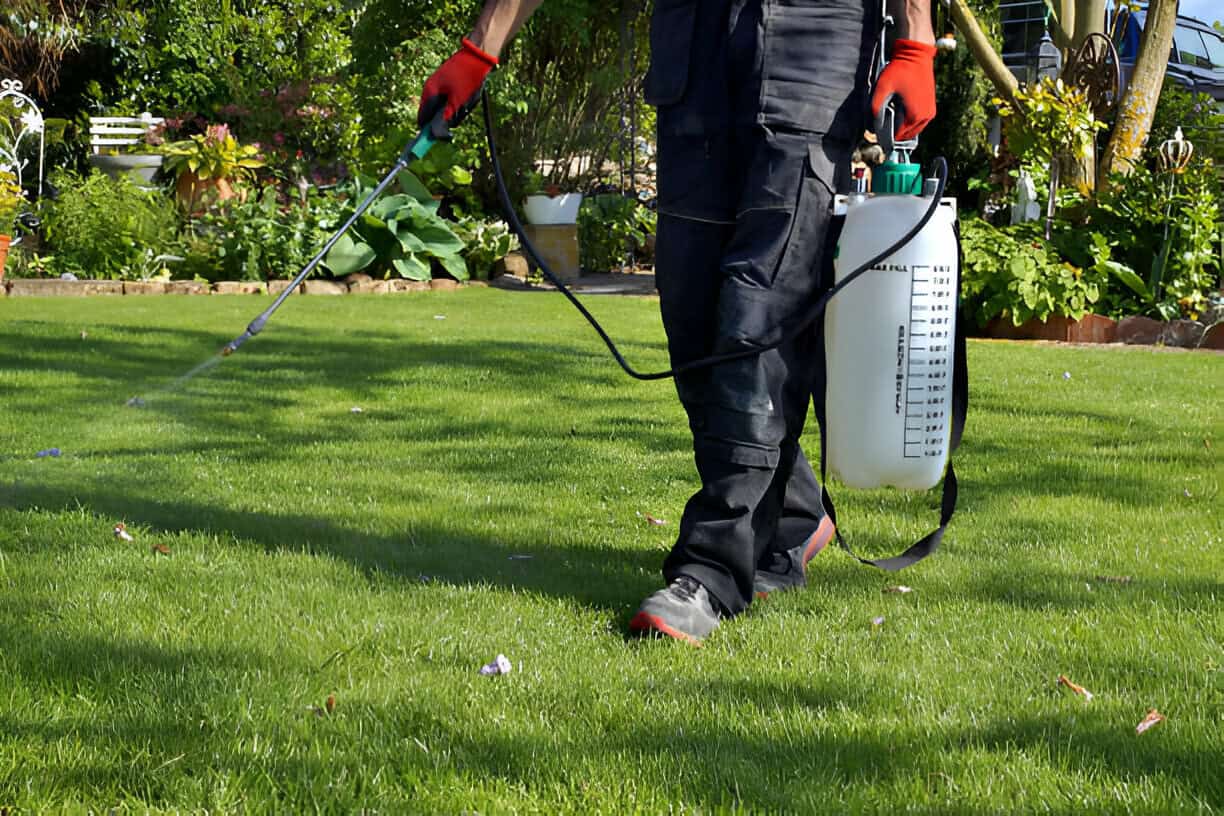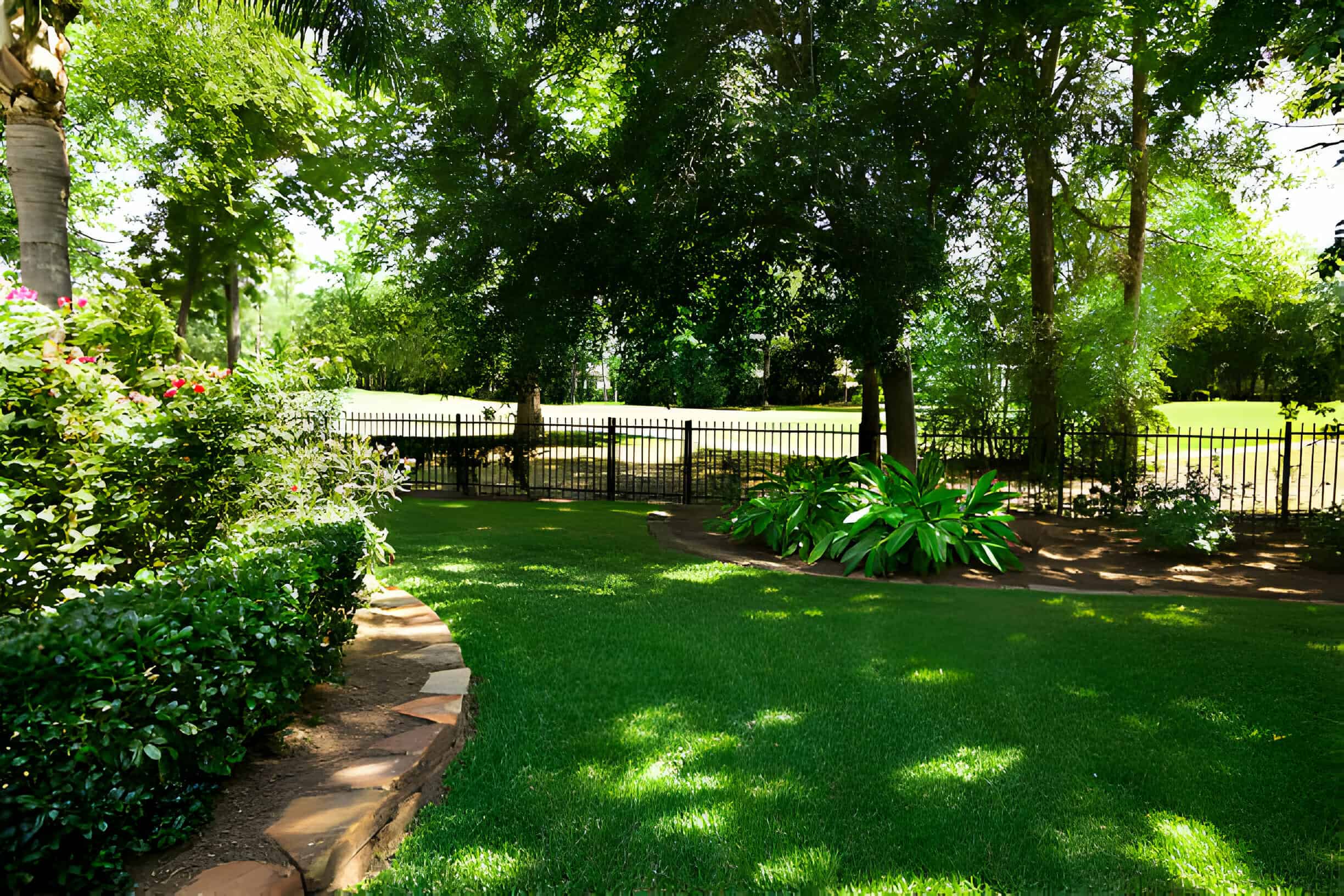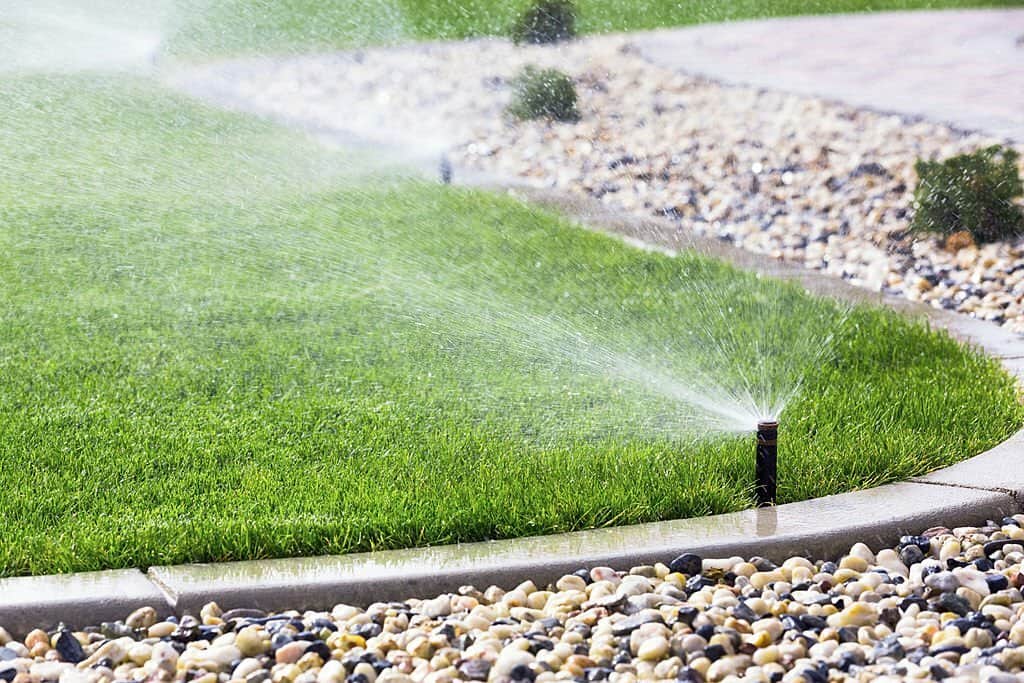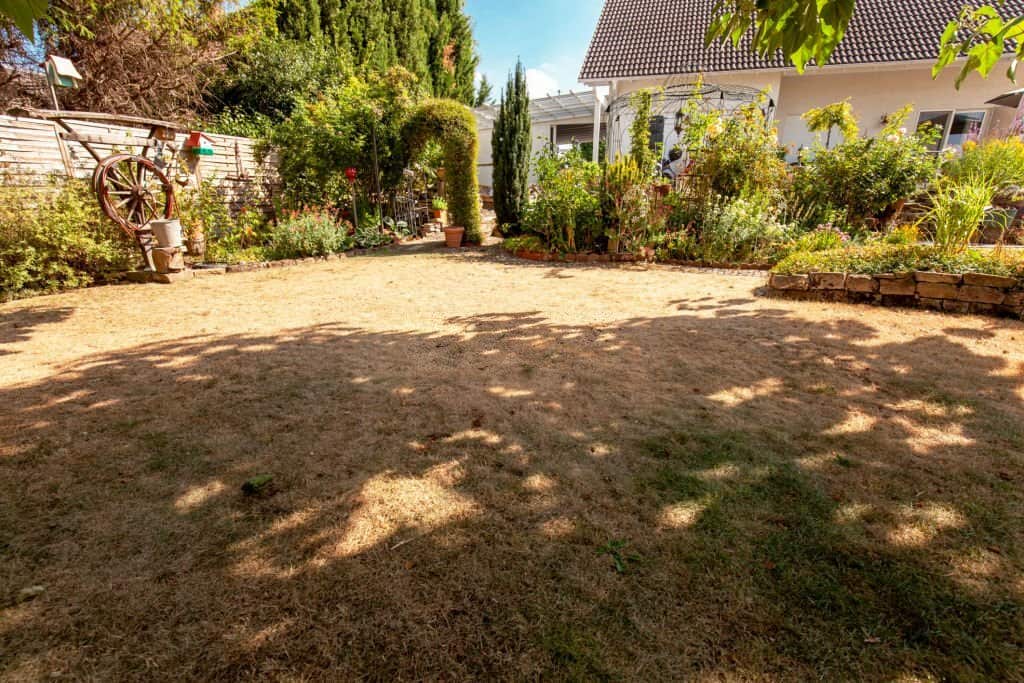Winter is here, bringing ice, sleet, and other nuisances. Ice removal is necessary to prevent slips, falls, and potential serious injuries, but some ice melt products can also inadvertently harm your lawn.
In the interest of helping you choose ice melt products that are still effective but that don’t harm your plants, we’ve put together a comprehensive guide.
How Ice Melt Products Work
All ice melts generally work in the same way. They depress the freezing point of ice or snow and turn it into a liquid or slush. As the chemicals work through the layer of ice, they break the bond to the surface. Once the ice or snow is loose it is easy to remove.
Most deicers can be used on top of already formed ice or put down ahead of a winter storm to prevent ice from forming and bonding with the surface.
ICE REMOVAL OPTIONS
There are many deicing products on the market, but they are not all created equal.
Rock Salt (Sodium Chloride, NaCl)
Rock salt is a common endothermic deicer, meaning it must draw heat from its surroundings to form an ice-melting brine. Therefore, rock salt is slow acting and only effective down to about +20 degrees F (-7 C).
Rock salt is also chloride-based, meaning it is corrosive to unprotected metals and can harm grass and plants in cases of direct or over-exposure.
Calcium Chloride (Cacl2)
This is the most common non-sodium chloride deicer. It is effective to -25 degrees F (-32 C). With an effective temperature range like that, you should be able to use it from Texas all the way to the Arctic Circle.
Calcium chloride works by attracting moisture from the surrounding to create a brine solution. As it dissolves in moisture it releases heat, melting the ice.
Calcium chloride works fast but it is equally corrosive to unprotected metals and if you use too much or apply it directly too greenery it may cause serious damage.
Magnesium Chloride (MgCl2)
Magnesium chloride works like calcium chloride. It draws moisture from the air to speed the creation of brine and jump-start the melting process. However, magnesium chloride is 53% water by weight, meaning you will need to use far more product compared to calcium chloride.
It is more expensive and less effective by weight than rock salt. Magnesium Chloride can be difficult to find in stores.
It is effective to about 0 degrees F (-18 C) and is similarly corrosive to common metals and overexposure or direct application to plants will likely cause harm.
Potassium Chloride (KCl)
This product is effective to +25 degrees F (-4 C) and usually performs more slowly than the previous three options. You will also need more product as Potassium Chloride has a low melt volume capacity.
Like all the other chloride-based products, it is corrosive to metals and potentially damaging to lawns and plants if over-applied or with direct contact.
Urea
Urea is effective to about +25 degrees F (-4 C), works relatively slowly, and has a low melt volume capacity (meaning you will need more product) but it does offer a less toxic option. It is less harmful to plants and animals than chloride based options. However, if used in high quantities, it may pose a threat to river and lake ecosystems.
HOW TO CHOOSE
First, study the average temperature range in your area. Find the products that are effective in those temperatures.
Next, consider your priorities. If fast and effective in colder temps are your priorities then consider calcium chloride. The most budget-friendly, convenient choice is rock salt. Anyone primarily concerned about protecting vegetation or looking for a more natural option should consider urea.
Remember, all deicers pose some risk to vegetation. The single best way to protect lawns and plants from damage is proper application.
| PRODUCT | LOWEST EFFECTIVE TEMP | ENVIRONMENTAL IMPACT | IN SHORT |
| Rock Salt | +20 degrees F | Relatively low impact with proper application. Avoid direct exposure or overuse. | Best balance of cost, ease of use, and low environmental impact. |
| Calcium Chloride | -25 degrees F | Do not apply directly to vegetation. Minimize exposure. | Fastest acting and most effective overall |
| Magnesium Chloride | 0 degrees F | Minimize exposure and do not apply directly to vegetation. | Not budget-friendly, difficult to find in stores |
| Potassium Chloride | +25 degrees F | Minimize exposure and do not apply directly to vegetation. | Not budget friendly and slower acting |
| Urea | +25 degrees F | Least toxic to vegetation but overuse may pose danger to aquatic life in nearby water | Least environmental impact but not the most budget friendly |
HOW TO USE DEICER
The effectiveness of any deicing product is determined, at least in part, by proper application. Here are some best practices for using and storing your ice melt
#1: Get Ready and Pre-Treat
Know in advance how much product it will take to clear your driveway, walkway, and other areas. Keep extra on hand during the winter months, just in case.
Pre-treating your walkways and driveways prevents ice from forming. Re-apply the deicer during and after the storm to maximize effectiveness.
#2: Follow The Instructions
Purchase a quality product and use it according to manufacture recommendations. Not only will this increase the effectiveness, you will also significantly reduce the risk of damaging your lawn and plants.
Generally you will need 2-4 ounces of deicer per square yard. Trying to cut costs by watering down deicer or buying cheaper products will usually cost more in the long-run and won’t be as effective.
Conversely, more is not always better. Too much deicer accelerates the freezing and thawing cycle, potentially damaging improperly cured concrete. This also poses a risk to lawns and plants.
#3 Salt Less, Shovel More
Deicer is meant to get the thawing process started and prevent ice from forming. You will still need to clear the snow or ice the old-fashioned way—with a shovel, snow blower, or plow.
#4: Safety First
Deicer works by drawing moisture from its surroundings… including your skin! Use caution when spreading deicer of any kind. Cover your hands and eyes and read all instructions carefully.
#5: Store It Properly
Keep your deicer in an airtight container away from moisture and sunlight. Ultraviolet light and any moisture will damage ice melt and reduce its effectiveness.



